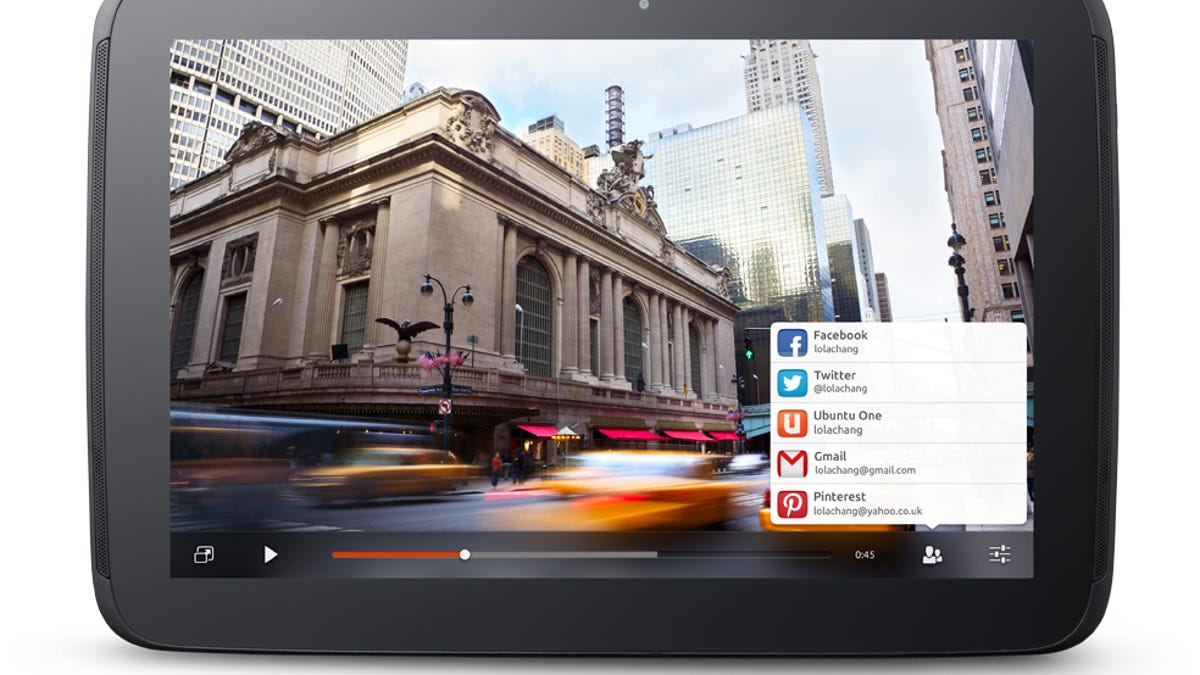Canonical cracks the slate code, brings Ubuntu to Nexus tablets
Canonical announces Ubuntu for the Nexus line of tablets, promising a smoother, more seamless interface compared with what's currently available.

Owners of the Nexus 4 and Galaxy Nexus smartphones will receive access to the OS on the same day and the OS will be featured at Mobile World Congress next week.
Canonical is looking to unify interfaces across phones, TVs, tablets, and PCs. Mark Shuttleworth, founder of Ubuntu and Canonical, says "Our family of interfaces now scales across all screens, so your phone can provide tablet, PC, and TV experiences when you dock it." What exactly that looks like, however, remains to be seen.
What's so special here?
If you're wondering what might set Ubuntu apart from your iOSes and Androids of the world, here's a quick rundown of its more-notable features:
Multitasking allows users to run both tablet and smartphone apps concurrently on one screen. You'll also have the ability to customize how much of your screen space each app uses; however, it's unclear if more than two apps at a time is supported.
Secure multi-user: Other tablet OSes support multiple accounts, but according to Canonical, Ubuntu will deliver even better security with full encryption for personal data.
Edge magic: In order to provide a smoother, less clunky experience, Ubuntu features a more streamlined way to get to apps and settings. There are no home or back buttons, as apps, settings, and other controls can be accessed by swiping into the screen from one of its four sides.
Forward (and back) thinking
Ubuntu will support tablet sizes ranging from 6 inches to 20 inches with screen resolution support from 100 to 450 pixels-per-inch.
With a keyboard and mouse plugged in, Canonical says higher-end tablets like the Nexus 10 will have access to remote Windows apps over Microsoft, Citrix, VMware, and Wyse protocols.
Still, while a smooth, smart OS design is definitely a plus, it will be the breadth and width of the garnered software support that will ultimately decide how viable an alternative the OS is.
The mobile-optimized Ubuntu will debut with on the Nexus 4, Nexus 7, and Nexus 10 on Thursday. Look for more information during CNET coverage of Mobile World Congress, starting on Monday.

